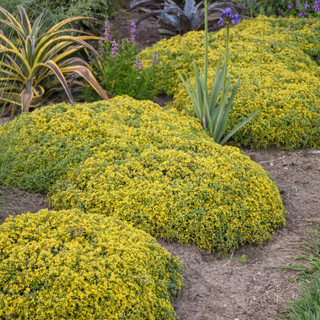How To Use Daylilies In The Garden
Daylilies (Hemerocallis) deliver abundant flowers, with one plant able to produce 200 to 400 blooms in a single season. Originating from Asia and Central Europe, numerous varieties have been developed, including some with single and double flowers, or even emitting fragrance. Their adaptability allows them to thrive in USDA hardiness zones 3-9 with little effort.
Integrate daylilies into perennial borders or plant them en masse to function as a natural, weed-suppressing edge. They pair well with spring bulbs like daffodils, offering continuous color from spring to summer. These plants also look beautiful next to a fence or walkway as a small garden border. When planted in dense patches, they form a tough groundcover that blooms most of the summer.




































